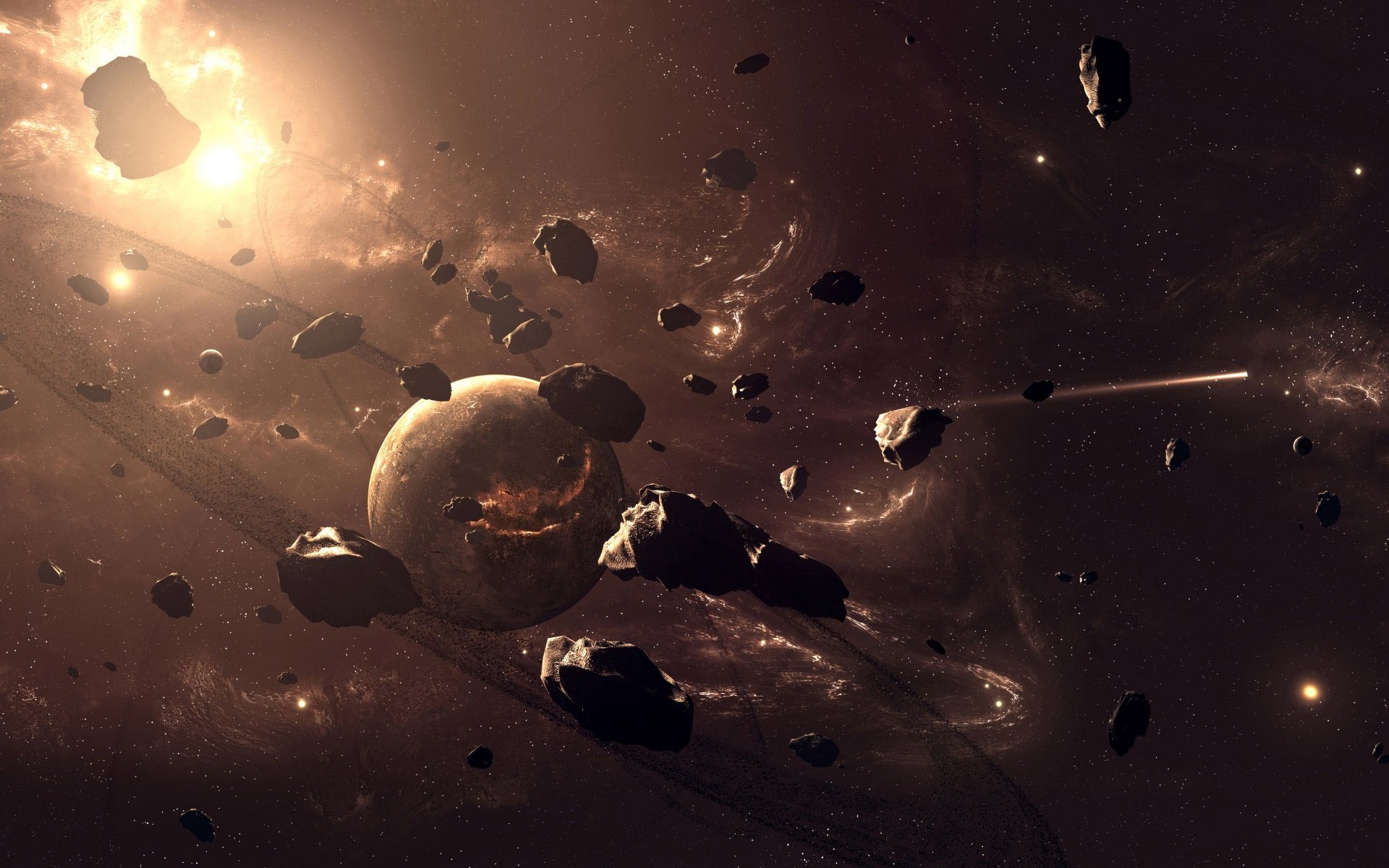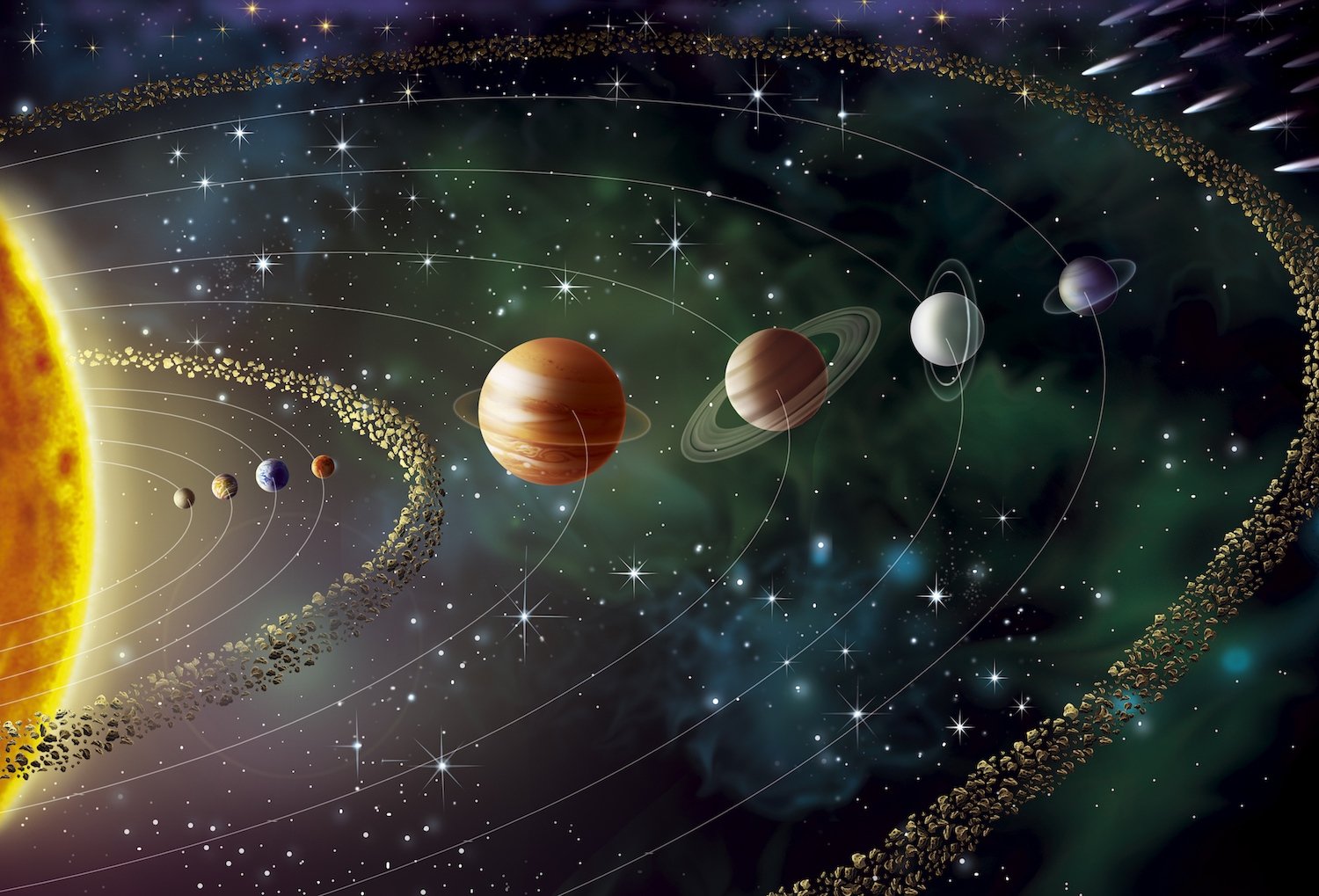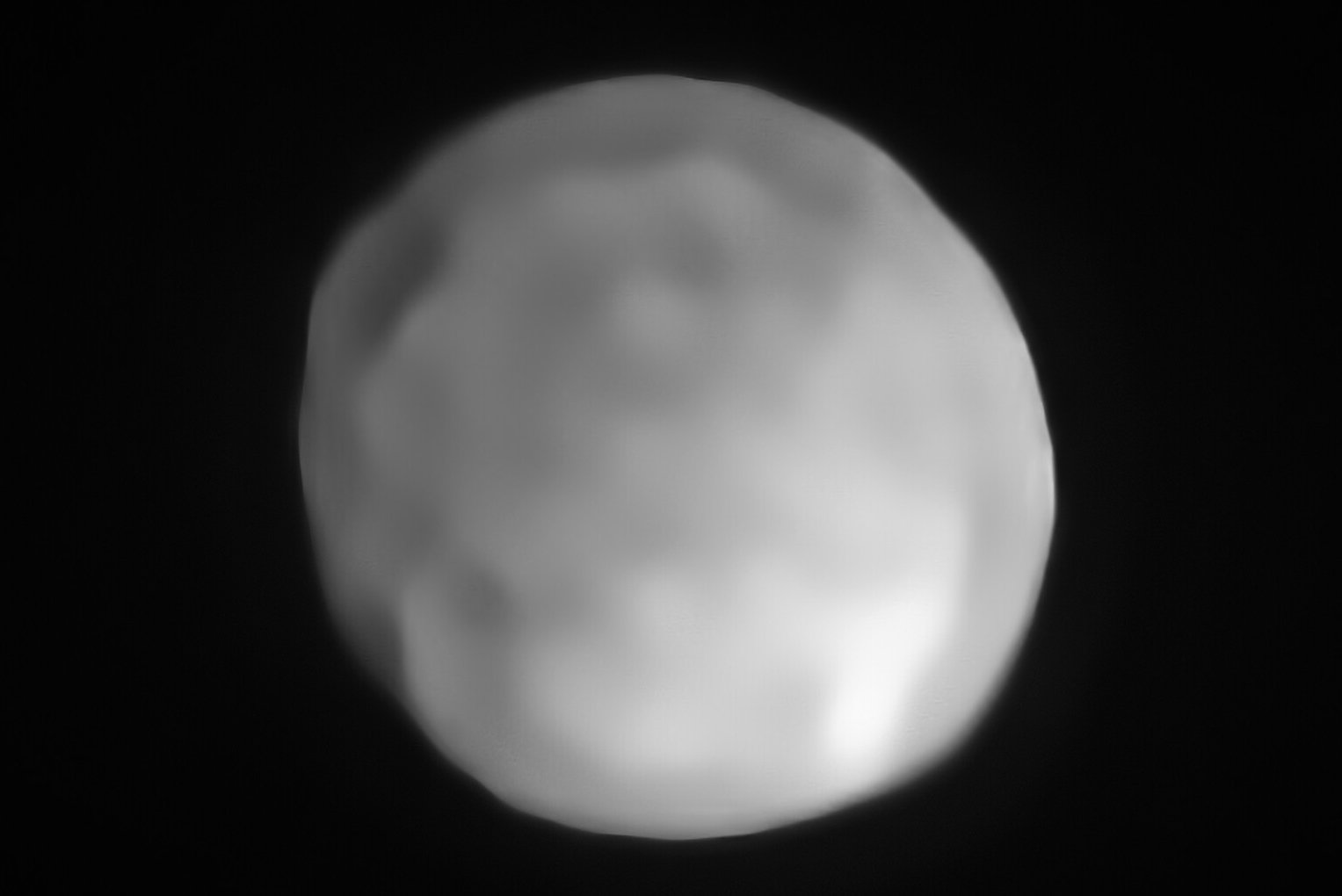© 2000-2025 - Enkey Magazine - All rights reserved
ENKEY SNC - VAT ID IT03202450924 / REA Code CA253701 - Phone. 078162719
The Solar System is pretty tormented in the last years, there are planets that are downgraded and asteroides that are promoted to planets. New moons of which no one known the existence. Asteroides that wander for the meanders of the cosmos. The last big new of our native Solar System is about Igea. It is a planetary body which belongs to the asteroid belts that divides the system, right after Mars, and it seems to satisfy all the characteristics to obtain the promotion to dwarf planet. But this isn’t all, if the promotion may arrive Igea will be the smallest dwarf planet.
The discovery of Igea and its life as asteroid
Igea was observed for the first time in the 1849 of the astronomous Annibale De Gasparis, from the astronomic observatory of Capodimonte, in Naples. It was called Igea like the Goddess Hygieia, the Health Goddess.

It is the fourth biggest asteroid of the asteroid belt, after Cerere, Vesta and Pallade, and the biggest one of the external area. But, even though it, it remained until now in the dark. Its surface, infact, is extremely dark, by making hard its observation and the definition of its characteristics.
By the way a recent study seems to have revelaed the characteristics hidden for years, characteristics that will guarantee its promotion to planet. And so, from the fourth biggest of its category it will become the smallest of the small, but always a planet.
The re-discovery of Igea
The study that will allow Igea to obtain the promotion to dwarf planet is a real re-discovery of it.

The study was published on Nature Astronomy, from a group of astronomers that, by using the instrument Sphere, which is installed on the Very Large Telescope of the ESO (European Southern Observatory), were able to re-discover Igea.
And not even them could believe to their eyes, but Igea satisfied all the conditions to be classified as a planet, even though its really small size. Every day is announced the discovery of new planets, but these are extrasolar planets. The amazing thing is that this new planet is right two steps away: right besides Mars, on the asteroid belt, at only half billion of kilometers from the Sun.
The characteristics to become a planet
So that the scientists will rename a planetary body as a planet this should satisfy four essential conditions.

First of all, the one that left astonished the astronomers, it’s its sphericity, which was unobservable until now due to its really dark surface. The planetary body, then, must orbit around the Sun and it can’t be, obviusly, a moon.
There is, finally, a last characteristic in order that a planetary body will be considered a planet and it’s that it wiped down its atmosphere from the debris. Unfortunatelly, Igea doesn’t satisfy this last condition, but this could not be a big obstacle to its promotion.
Infact, Igea is in the asteroid belt, which is a really unfavourable condition, and furthermore it seems to be extremely young, just 2 billion of years.
The smallest dwarf planet of the Solar System
This promotion will automatically crown it as the smallest dwarf planet of the solar system, by taking the record from Cerere, which has a diameter of about 950 kilometers.
The revelations of the telescope Sphere, allowed, infact, to establish even the size, which is about 430 kilometers of diameter.
Therefore, the scientists were amazed doesn’t finding the big impact hole on the surface that they wondered to find. Igea is part of the massive family of the asteorid belt, which counts about 7000 members, all of them born in the same way. But the big impact that brought to the formation of the asteroid belt between Mars and Jupiter didn’t leave any sign on Igea.
There are, instead, two holes too small to be attributable to the big impact. The studies, instead, date them back to 2 billion of years ago, when a collision destroyed the originay body and gave life to Igea and to the surrounding asteroids. With a so short time, like we said before, Igea didn’t have time to wipe down its own atmosphere from the surrounding asteroids.
If this will not negativelly affect the final decision Igea will be soon promoted to dwarf planet, becoming so the smallest of the smalls.
This post is also available in:
 Italiano
Italiano


